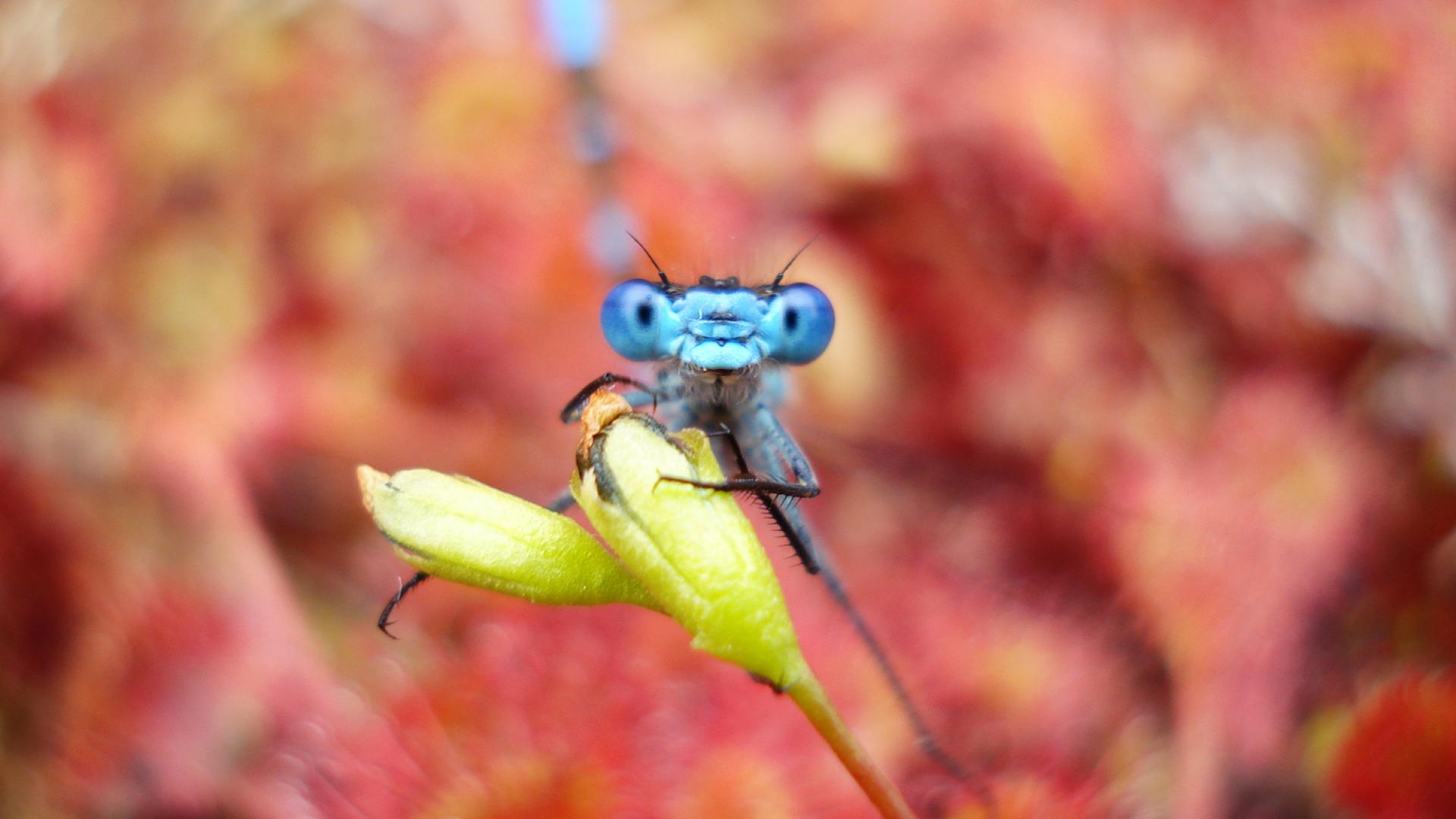Time series data is a key piece of evidence about insect trends. We are now building a database of insect time-series data, encompassing data on population abundance, species richness and biomass. We are looking for researchers and resource managers with access to these data to join our project as data partners. If you have data and would like to partner with us please contact: GLiTRS.data@ceh.ac.uk.
For those data sets made available to us and included ultimately in an open access repository we will be inviting data providers (typically 1 or 2 per data set) to co-author an open-access paper that we will draft (and circulate for comments) describing and publicising the GLiTRS database. This follows the practice established under the PREDICTs project (https://www.predicts.org.uk/pages/contribute.html) established by Prof Andy Purvis and Dr Tim Newbold, both part of the GLITRS project team. The equivalent PREDICTS-associated paper, Hudson et al (2014) The PREDICTS database: a global database of how local terrestrial biodiversity responds to human impacts. Ecology and Evolution, 4, 4701-4735, has already gained > 100 citations on Web of Science and we envisage our database to have comparable uptake and usage in the future. Another incentive to provide your data is the risk of it disappearing - of 340 publications preliminarily identified as having > 10 years of data at least 100 of these pre-date 2000. Much of this data may now be effectively lost to further scientific analysis if owners change roles, retire or leave science altogether. We really hope that you will consider providing us with your raw data so that not only do you get a new citation but so that’s its value is maintained going into the future (although we appreciate some data sources are confidential - see below).
If you are willing to send us the raw data used in your study we would be particularly interested in the following associated information:
- Data on presence/absence, or ideally a measure of abundance, of each species, morphospecies or generic/family level aggregation. If this is not available (i.e. taxonomic resolution is coarse or biomass is used to assess population changes) we are still keen to get access to the data.
- Locations of the sampling points, as precisely as possible (with the coordinate system used, if possible).
- Sample dates.
- Experimental treatments (if relevant to your study) imposed on the sample points.
- An indication of the environment (e.g. terrestrial, aquatic) and habitat type (e.g. primary forest, secondary forest, intensely-farmed cropland, rivers, streams, hedgerow between two fields) each sampling point represents.
- If you have it available, we would also be interested in any associated information on functional traits associated with any of the species that you may have derived.
- Any information you may have regarding disturbance/pressures affecting the sites, both ongoing or in effect prior to the start of your study. We want to understand if the site was pristine or in a state of recovery or ongoing decline due to environmental change.
We are of course happy to discuss data access with you or provide any clarification if needed. We recognise that there may be extremely good conservation reasons for not fully releasing species identities or plot localities in some instances and in such cases, we can coarsen the information to be made openly available. Even if data are not suitable to be made publically available, either due to licence agreements or personal preference, we would also still wish to utilise the data in our analysis if at all possible.
